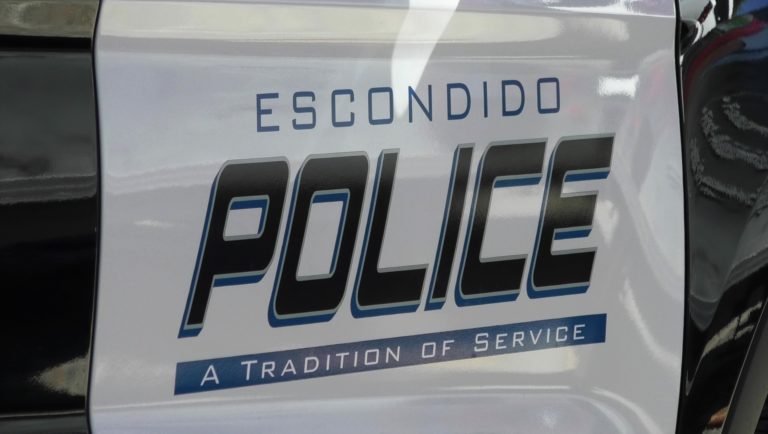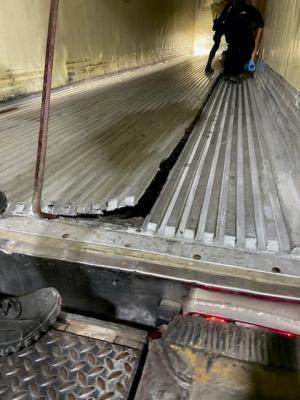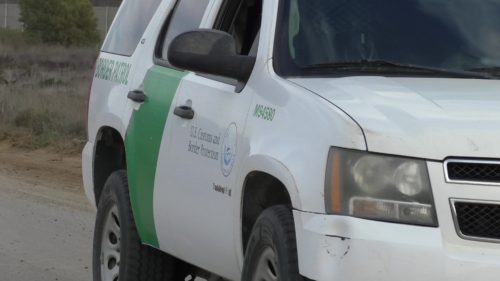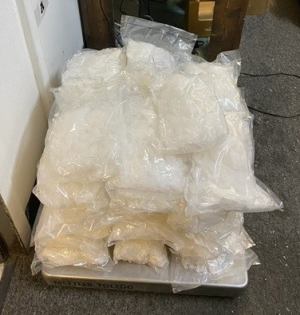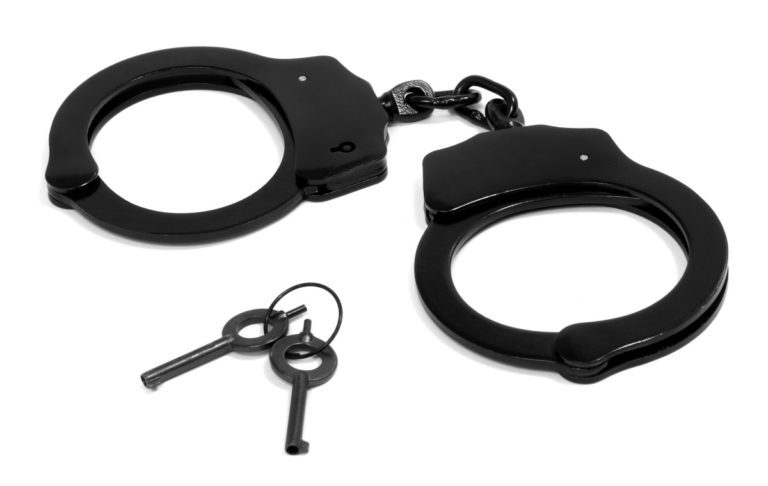Sheriff’s Dept. combats fentanyl crisis with enforcement and education
By SDCN Editor
San Diego, CA–The San Diego County Sheriff’s Department is taking a multi-pronged approach through enforcement and education to combat the deadly use of fentanyl.
Sheriff Kelly Martinez joined local, state, and federal leaders for a roundtable discussion on the fentanyl crisis in San Diego County.
“We are thankful for the partnership we share in addressing issues that affect the safety and well-being of the communities we serve,” Sheriff Martinez said.
The Sheriff’s Department was awarded a combined $1.5 million from the State of California and the San Diego County Board of Supervisors to support fentanyl investigations. The funds allow law enforcement to target larger drug trafficking organizations to reduce the amount of fentanyl from reaching the streets.
This year, the Sheriff’s Narcotics Division has taken more than four million fentanyl pills off San Diego County streets in partnership with its task force efforts such as the Border Crimes Suppression Team, High Intensity Drug Trafficking Areas, and the Fentanyl Abatement, and Suppression Team.
“This is all in addition to our ongoing efforts to find and arrest those responsible for being illicit fentanyl into our region,” Sheriff Martinez added.
Since December 2022, the Sheriff’s Department has distributed nearly 1,600 Harm Reduction Kits across San Diego County. The kits consist of a box of the lifesaving medication Naloxone containing two doses of the nasal spray. Brochures in English and Spanish provide instructions on how to use Naloxone. The program gives deputies the ability to proactively educate individuals at outreach events and service calls. The goal: prevent overdose deaths caused by fentanyl and other opioids.
The Sheriff’s Department also continues to ramp up efforts to keep fentanyl and other dangerous drugs out of county jails.
The Sheriff’s Detentions Investigations Unit is playing a key role in uncovering drugs before they get inside the detention facilities.
The Sheriff’s Narcotics and Contraband Interdiction Unit is comprised of specially trained deputies who are stationed in the booking areas of the jails. They use basic and more sophisticated investigative techniques during the intake process to detect contraband and keep it out of county jails.
The Sheriff’s Department purchased new body scanners to screen people coming into custody. These scanners are more accurate in identifying drugs hidden on or in the bodies of people being booked.
They also expanded the Medication-Assisted Treatment Program to help people in the facilities through treatment programs that work with medication and counseling to reduce addiction. When a person is released, they are provided resources for continuing care in the community.
Naloxone has been placed inside all detention facilities and is available to individuals who are in Sheriff’s Department custody. The harm reduction measure has saved lives and reversed the effects of overdoses in jail.
The Sheriff’s Department has taken steps to pursue prosecution for anyone possessing or trafficking drugs into county jails.
Sheriff Martinez was grateful to San Diego Mayor Todd Gloria, Board of Supervisors Chairwoman Nora Vargas, and officials from the local, state, and federal levels for their collaborative approach to addressing the fentanyl crisis.
“We look forward to continued collaboration with our legislative partners to assist us in the fight against fentanyl. We want to thank California Attorney General Rob Bonta and Assemblymember Brian Maienschein for their participation and commitment to this effort,” Sheriff Martinez said.
For those struggling with substance abuse, you are not alone. We understand that quitting is not easy or straightforward. Help is available by calling 9-8-8. You can also contact the County Crisis Hotline for confidential treatment programs and resources at (888) 724-7240.


